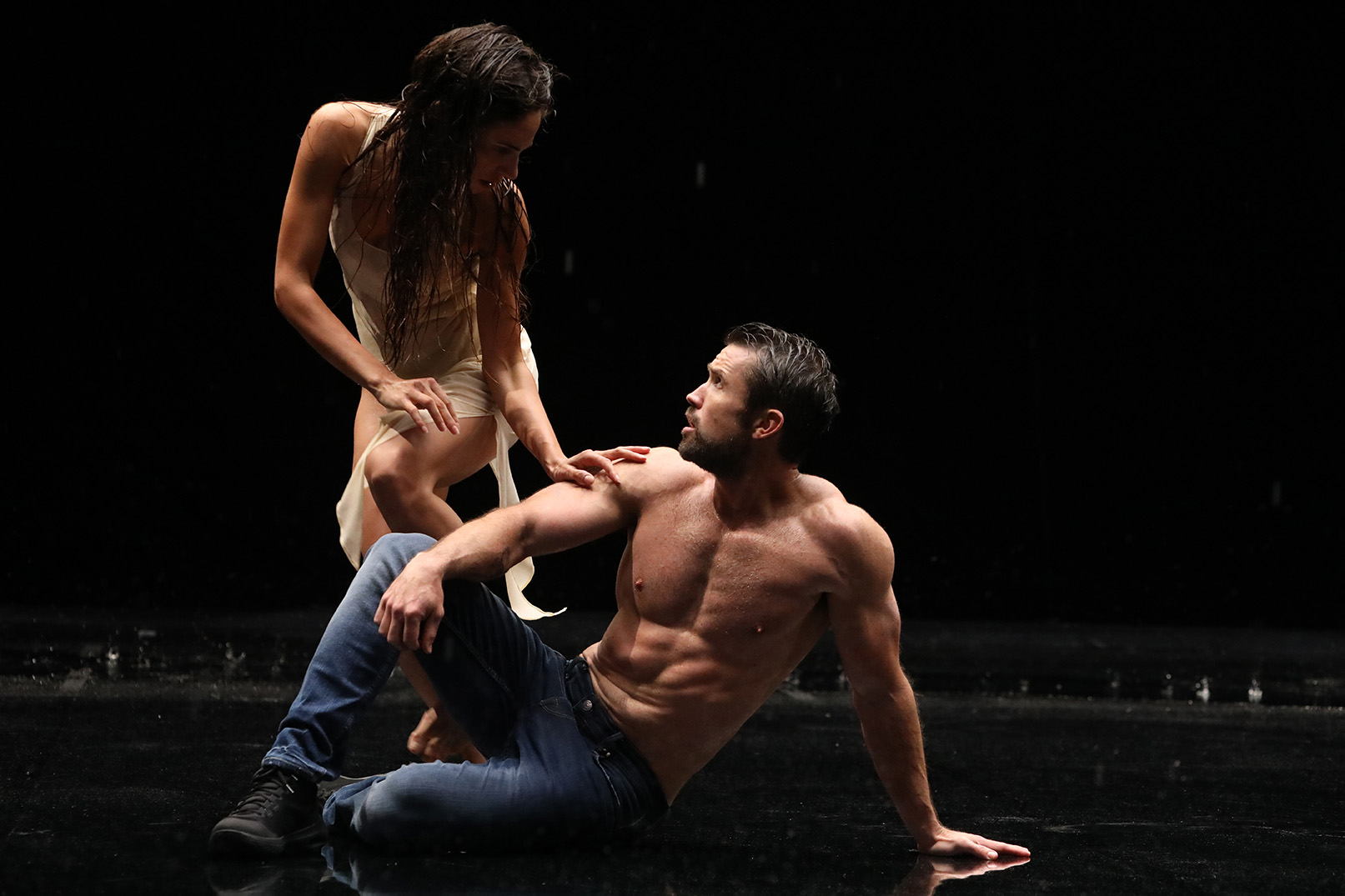The Other Side of Pride
Happy Pride! There’s nothing more stylish and on-brand than being who you are – it truly is the best month of the year. And since I love rainbow looks as much as I love Stephanie Beatriz you know I can’t go through this month without discussing how important design, and especially color, are to the LGBT+ experience. I can’t wait to take a more rainbow perspective later in the month, but today I’d actually like to discuss another side of the spectrum – one of the best uses of color (or lack thereof) I’ve seen in years.
Spoiler alert, I guess? If you don’t want to know how last season of It’s Always Sunny in Philadelphia ended you can come back later. But real talk, you’re like 6 months behind and this isn’t going to make you love it any less. I’d read on, but you do you.
If you’re unfamiliar with It’s Always Sunny in Philadelphia, it's a comedy about 5 people who are certifiably the worst. Known for taking insane risks in both themes and storytelling style, it somehow manages to be progressive as hell by either showing its characters up for the losers they are or, on only the rarest and most judicious of occasions, letting shit get a little real. Over the course of the first 12 seasons, you see this in Mac (Rob McElhenney) and his obvious, self-loathing homosexuality, which he vehemently denies while the other characters make it clear they genuinely don’t care – they hate him for who he is as a person, not for his sexual orientation. When Mac finally comes to terms with himself, it’s a beautiful moment for him and the show. It’s not just a character arc well executed, but also a rare representation of a character coming out around age 40 and, perhaps most importantly, a gay character who kind of sucks.
As it happens, though, coming out is only the beginning of his journey. The immediately iconic Mac Finds his Pride shows Mac a year out of the closet and while he’s spent the season outwardly comfortable with his new identity, he reveals that he’s not feeling very proud after being asked to dance on a float at the local pride parade. With the encouragement of Frank (Danny Devito), Mac attempts to find his pride by coming out to his father through perhaps the most exquisite choreography ever shown on TV.
You have to watch the clip now:
What did I tell you?
Pride – the month, the event, the act, the word – implies publicity. It’s the act of showing the world how much you love yourself, and how little you care about whatever judgment it may throw at you. But no number of rainbows can make a person proud. Which is why it’s so critical that this scene is stripped of virtually all color.
I’ve been openly bisexual since I graduated from college, and coming from a liberal family and community, have been blessed with predominantly chill circle. On a conscious level, I’m very proud of my identity. But I’ve still kept my identity quiet in certain environments, pressured myself to find a husband, and frequently ignored bi erasure from people I love. As somebody who “looks” and “acts” straight (whatever that means) and has to come out constantly (often multiple times to the same people), I’m also required to be vocal if I want to be recognized. As someone who doesn’t love to discuss her personal life, my inclination is often to keep my mouth shut. And so I’ve learned, like Mac, that you can’t take personal pride for granted.
Patrick McElhenney/FXX
Being proud for other people is comparatively pretty easy. It’s colorful, fun and often thrilling. And rainbows are great for that. That’s why it’s so significant that Mac can’t deal with the parade until he can contend with himself. When the party is over and the rainbow Listerine sells out, you’re still you. And for better or worse, inner pride is colorblind. In contrast with the bright colors of the rest of the episode, this scene represents an intensely personal experience that’s raw, vulnerable, and desaturated. The imagery is extremely primal, predominantly displayed in skin tones, black, and off-white. It’s not naked, technically, but it’s not not naked. Even when the light comes in at the end, there’s nothing prismatic about it.
Patrick McElhenney/FXX.
While no two LGBT+ journeys are the same, I love this scene because it represents a common thread for most of us (I haven’t talked to a lot of people about this but I have a feeling I’m right). We can’t all be rainbow all the time – not all of us are into being super loud, or proud for other people’s sake. But we do all have to be ourselves all the time. This depiction of the other side of pride made me conscious of a part of my identity I didn’t even know I had, and I can’t praise the Always Sunny team enough for how artfully they pulled it off (remarkably, as far as we know, McElhenney is straight, though in fairness many members of his family are not).
One of the first lessons I learned as a designer – which I still follow to this day – was to work in black and white before building color on top. Color brings a design to life, but it can also mask flaws in the foundation. If your design works in black and white, it will only get better with color. Pride, too, is not a color but a canvas. We can’t be proud for other people until we’re proud for ourselves.
Photography Credit: Patrick McElhenney/FXX.





